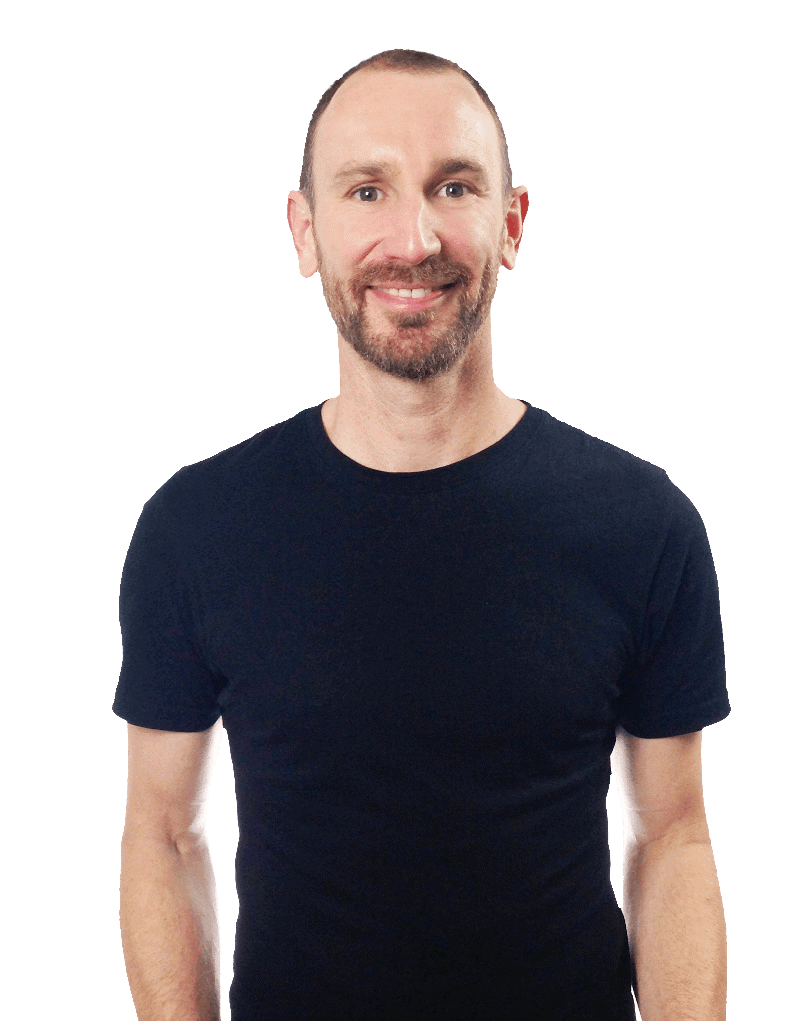With the release of my feature film ‘Surrogate’ I am doing a series of blogs on what I learn’t or what my writing process reiterated to me.
Your screenplay isn’t just about creativity, it’s a working document that will guide the practicalities of a film production so you need to ensure there aren’t too many aspects that could make life really difficult during filming.
One of those aspects is the amount of screen time that each cast member has.
Broadly speaking jumping around to different points of view is the common way to tell stories as it’s a great way to build tension and have contrast.
However, there are films that predominantly follow the protagonist and rarely take the viewer elsewhere including Chinatown, The Conversation and Head On. This is what my co-writer Beth King and I did with Surrogate.
The story is about Natalie, a mother whose family is being ripped apart. Draft by draft the screenplay focused more and more on Natalie and we wound up telling the story almost entirely from her point of view. In fact, out of 106 scenes in the shooting script the protagonist is in 101 scenes.
This creates a significant risk for your film for two reasons. The first is that it’s incredibly demanding on the lead as they are going to be doing lots of big scenes every day of the shoot.
If the lead is having an ‘off’ day then potentially 2-4 scenes can be effected. On Surrogate we got lucky. Kestie Morassi is not only a great actress, she’s incredibly professional and was ‘on’ every day however the schedule was exhausting on her.
Exhaustion was drawn upon to an extent as Kestie’s character is suffering exhaustion, however there comes a point with an exhausted actor that the scenes feel exhausted for the audience. As I said we got lucky on Surrogate.
The other risk of having your lead in most scenes is, if they fall sick, then you may run out of things to shoot without them and production will grind to a halt.
One of my favourite films is Apocalypse Now, the protagonist Captain Willard is in almost every scene and when Martin Sheen was forced to leave production for 3 weeks after suffering a heart attack Coppola was forced to use Sheen’s brother Joe as a stand in.
Initially they filmed wide and over the shoulder shots, however it hit a point where the production had to stop as they ran out of shots and scenes that didn’t require Martin.
Now this is an extreme example, but if your lead falls sick for a few days who is in every scene you will quickly run out of things to film and a crew not shooting is wasting time and money.
Dramatically you can also use this to your advantage. By cutting away from the protagonist you give the audience more information than them which in turn increases concern for the protagonist.
It’s the classic function of having a scene where the protagonist is making a plan then cutting to a scene where the antagonist is making a counter plan that sets a trap for the protagonist.
From this point on I’m going to write screenplays where the protagonist isn’t in at least 20% of the script. This gives your lead some days off in the shoot to both recover, prepare for other shoot days and also gives production scenes to shoot if your lead falls sick.
Like all practical considerations in your screenplay you don’t want to compromise your story, if you need your lead in almost every scene then go for it, however almost every story can work without the lead being always present.





